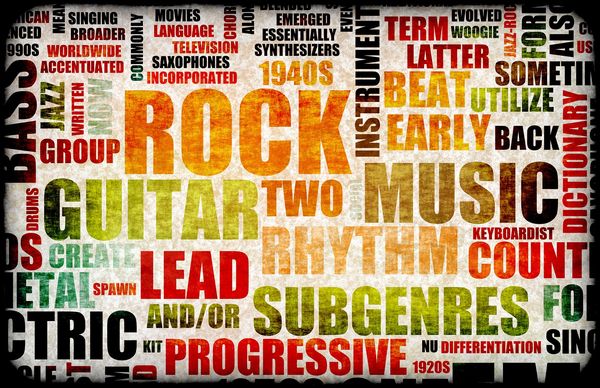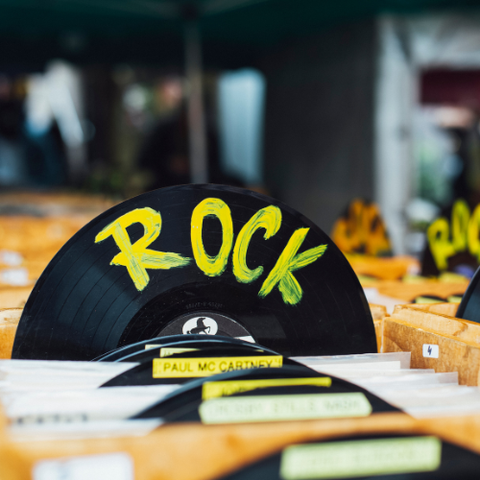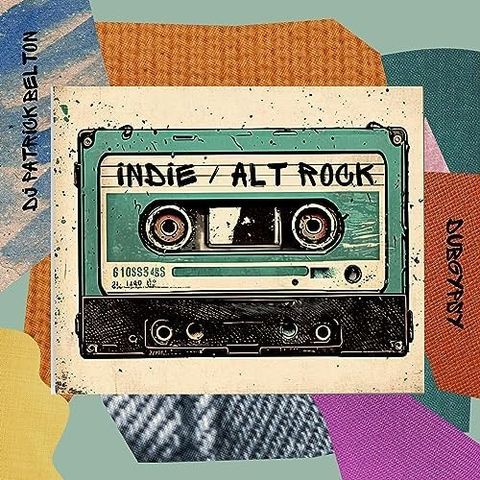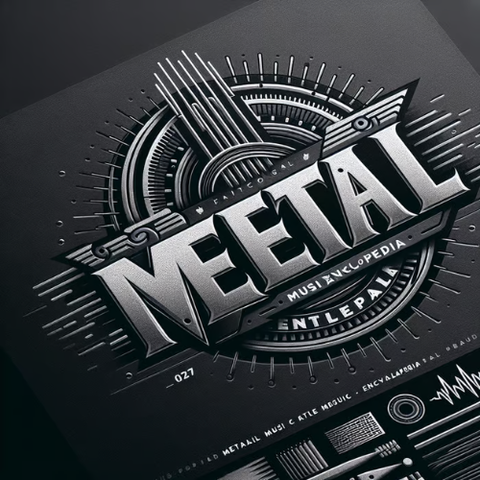
Music Genres
A music genre, also known as a music style or musical genre, is a common category used to identify a piece of music, as well as its association with a shared tradition or a set of practices.

Pop Music
Pop music is the most popular genre in the music market, but its definition can be tricky due to its evolution. Essentially, any genre that achieves massive popularity can be classified as pop. For instance, The Beatles, known for soft rock, are considered pop. In the Eighties, pop shifted toward electronic sounds, merging classic rock with modern styles. Today, it incorporates elements from hip-hop, especially trap and rap, along with electronic, dance, and Latin influences, creating a diverse and eclectic sound.

Hip-Hop and Rap
Hip-hop and rap, rooted in Blues and Gospel, redefined music in the Eighties by blending spoken word and electronic sounds. Once a voice for hardship, today these genres lead the charts, with sub-genres like trap shaping trends rapidly through social media.

Rock
Rock, rooted in Blues, rose in the Fifties in the U.S. and U.K., then spread across Europe as a soundtrack to Sixties’ social change. It evolved from rough rock n' roll to complex styles like progressive rock, later returning to simplicity with Punk in the Seventies. Today, rock’s popularity has waned as other genres innovate with digital tools, pushing it down the charts.

Dance and Electronic Music
The rise of computers and digital technology allowed producers to explore new ways to make music. We no longer need a musical instrument to write or produce a song. We just need a computer. This is how electronic music rose to fame throughout the Eighties and the Nineties, with some precedents in the Seventies, when orchestras, however, were still very popular in dance halls.

Latin Music
Once niche until the Seventies, Latin music gained global popularity over the last forty years with chart-topping summer hits, from Reggaeton to traditional Samba. Overall, this genre became so popular that many elements of it, especially from a rhythmical point of view, are now a recurrent part of many mainstream productions we could consider Pop.

Indie and Alternate Rock
The term Indie has evolved over the last three decades, shifting from D.I.Y. Punk bands to include glamorous artists and bands far from their roots. Alternative Rock persists, especially in the underground scene, providing an option for those who reject mainstream glamour. While it has never dominated the charts, Indie and Alternative Rock gained fame in the Nineties, encompassing popular sub-genres like Grunge.

Classical Music
There's no doubt: classical music is still a huge part of our culture. While orchestras may not sound so mainstream, people all over the world and of any age still listen to symphonies, operas, and concertos. While the older compositions seem to be also the most popular ones, many young composers tirelessly work to contribute to the creation of the classical musical forms we all enjoy and admire.

K-Pop
Once available only in Korea, K-Pop is now extremely popular in the United States and in some European countries too. K-Pop is the term used to label a pop sub-genre, sung in the Korean language, and portrayed as fun, glamorous vivid, teen-oriented, and very colorful. K-Pop stars are among the most followed and venerated on social media.

Country
Loved by Americans and also praised in Europe, this genre keeps evolving through time, adding elements of more popular styles to its repertoire but strongly keeping its identity. Acoustic guitars, banjos, beautiful voices are still a huge part of the game, although many Country artists now add flavors taken from the rock and the pop worlds too.

Metal
Metal is a Rock sub-genre that gained so much popularity it basically detached from it. With loud distorted guitars, fast drum fills, often accompanying scary or creepy images, Metal became the perfect genre for anyone who wanted to rebel against conformism and taste something truly different. Like many other genres, it recently evolved towards more electronic sounds, often resulting in interesting sub-genres mixing rock and hardcore electronic approaches.





